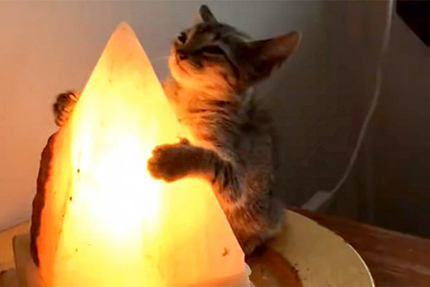Pet Poisoning in the News

Pet Poisoning in the News
March 19-25 is National Poison Prevention Week, sponsored by the Poisoning Prevention Council. The Council seeks to educate Americans about the risks of unintentional poisoning. I think this week is a good time to remind pet families of potential hazards in the home and to help pet families protect their favorite fur baby against unintentional poisoning.
Xylitol: Not So Sweet for Dogs
The first news of pet poisoning comes from our neighbors to the north, Canada. In Saskatchewan, a handsome German shorthair pointer named Ryker helped himself to 52 pieces of chewing gum. While most think this would simply be a sticky mess, the act was life-threatening. The chewing gum contained xylitol, a substance known to cause low blood sugar and liver failure in dogs. By the time Ryker arrived at the animal ER, he was already having seizures from low blood sugar. With prompt veterinary care, Ryker recovered, but not all dogs are so lucky. Xylitol is safe for humans, but can readily be consumed by your dog since it is an ingredient in many low-calorie products like mints, candies, peanut butter and low carb baked goods.
Pot Poisoning On the Rise
This story did not surprise me one bit since marijuana intoxication is common in AMC’s ER. Ingestion of marijuana plants, compost, trash food containing marijuana, or inhalation of marijuana smoke can affect dogs; they become glassy eyed, uncoordinated, and may be very sleepy. These dogs need intravenous fluids to maintain hydration and warming blankets to maintain their body temperature. Often, dogs intoxicated by marijuana dribble urine. Some dogs become hyperactive. Severely affected dogs may suffer seizures or become comatose requiring ventilator treatment until they regain the ability to breathe. Dogs typically recover in one to three days. Deaths from marijuana intoxication have been reported in dogs consuming concentrated tetrahydrocannabinol (THC) butter.
Lamp Poisoning?
The third news story on salt poisoning in cats was news to me. First, I had never heard of a salt lamp, but checked Amazon and found I could scroll through pages of Himalayan salt lamps in various configurations. Second, turns out that cats seem to like to like salt lamps, and since those furry gymnasts can get on your highest bookcase or into your smallest corner, they have the opportunity to lick enough lamp to develop salt poisoning. Ingestion of an excessive amount of salt in both dogs and cats results in clinical signs of vomiting, diarrhea, poor appetite, lethargy, staggering, abnormal fluid accumulation within the body, excessive thirst or urination, potential injury to the kidneys, tremors, seizures, coma, and even death if salt poisoning is not treatment immediately. Other sources of excessive salt include paintballs, homemade playdough and regular old table salt.
Prevention Accidental Poisonings in Your Pet
- Read the labels of all food and candy you purchase to protect your dog from unintentional xylitol poisoning.
- Securely dispose of medical marijuana waste.
- Don’t expose pets to marijuana smoke.
- Never use table salt to induce vomiting in your pet.

































